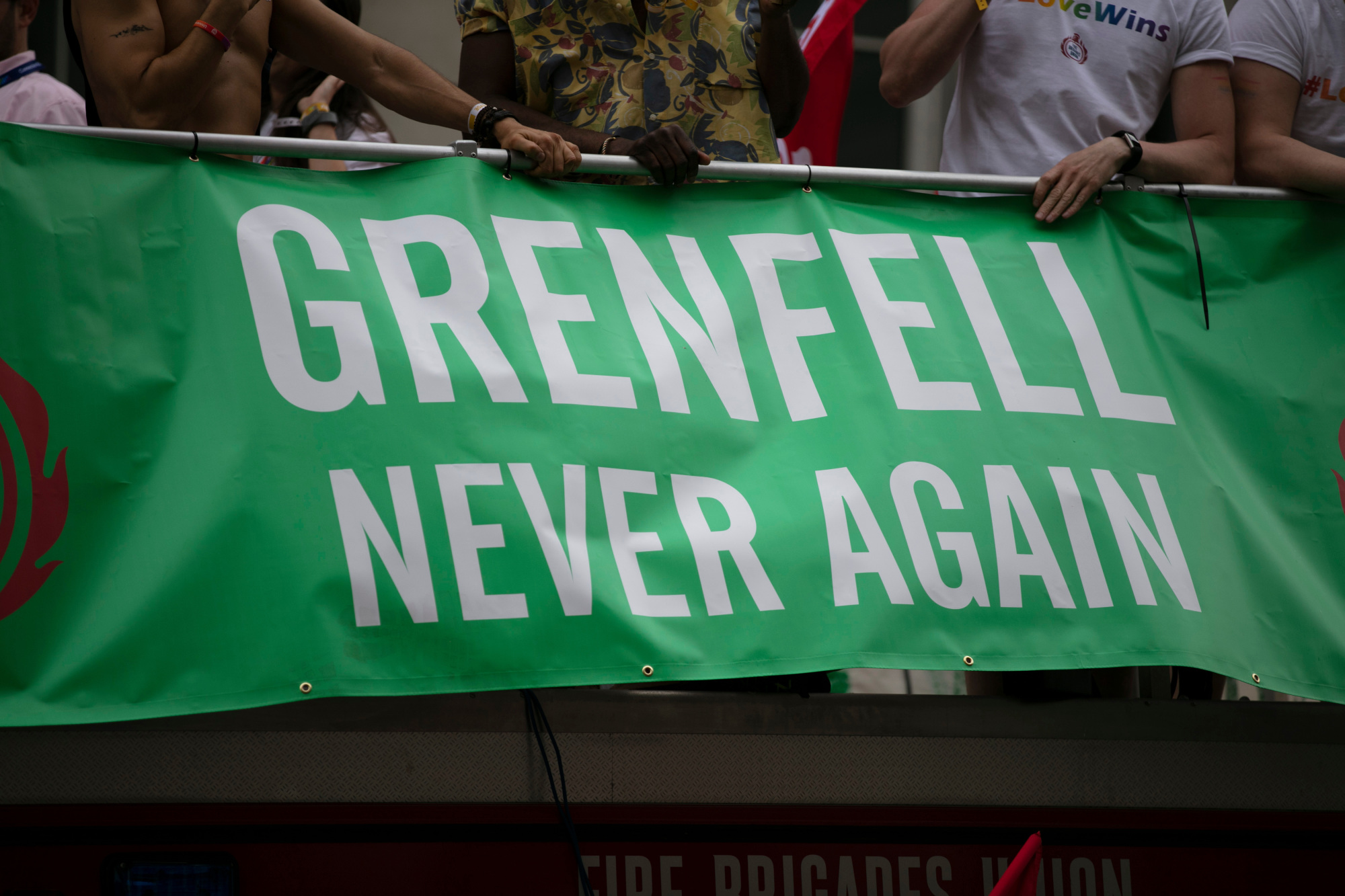New Fire Safety Bill Planned
The Home Office has introduced a new bill to improve fire safety in buildings in England and Wales. The intention of the bill is to, according to the official...
Read Full Article
A new document from the Home Office which outlines new evacuation strategies from high-rise residential buildings has been described as “too little….too late” by a firefighters’ union.
The guidance was developed in response to a Grenfell Tower Inquiry recommendation 33.22a : “That the government develop national guidelines for carrying out partial or total evacuations of high-rise residential buildings, such guidelines to include the means of protecting fire exit routes and procedures for evacuating persons who are unable to use the stairs in an emergency, or who may require assistance (such as disabled people, those with cognitive impairment, older people and young children).”
The document includes nine guidelines, recommended by the inquiry’s technical Steering Group, a joint Home Office and the Department for Levelling Up, Housing and Communities group.
The Grenfell Tower Inquiry made the initial recommendation in October 2019, and the guidance was published in February 2024. Fire Brigades Union leader Matt Wrack has called it a “disgrace” that it had taken so long and described the guidance as containing “little of real substance”.
“The Grenfell Tower fire was a tragedy created by politicians and big business. For decades, the profits of developers were prioritised over human life. Cutting corners on regulation, funding and firefighters’ health and safety will not keep people safe."
–Matt Wrack
General Secretary, Fire Brigades Union
In a letter to Home Secretary James Cleverly, Matt outlines his concerns, which include that the guidance was based on live tests of an evacuation conducted by the London Fire Brigade (LFB) and the National Fire Chiefs’ Council (NFCC), but these did not take place on anything like the scale of Grenfell Tower. They also did not use smoke.
Matt also raised that these live tests do not address worst-case scenarios where the whole building fails with only a single narrow stairwell, no alert system, no data on vulnerable residents, no evacuation lift, failed fire doors and other failures.
Commenting on his letter, Matt said: "This evacuation guidance is too little and too late. Nearly seven years on since the Grenfell Tower fire disaster, very little has changed on the regulations covering this critical area of safety.
“The Home Office has left residents in high-rise flats vulnerable to a repeat of the Grenfell Fire tragedy. Ministers have engaged in what looks like a tick-box exercise to evacuation guidelines for people’s homes.
“The Grenfell Tower fire was a tragedy created by politicians and big business. For decades, the profits of developers were prioritised over human life. Cutting corners on regulation, funding and firefighters’ health and safety will not keep people safe.
"It may only be a matter of time before we face another tragedy, unless there is a dramatic policy shift. Ministers must wake up, and listen to the voices of firefighters and residents.”
Picture: a photograph showing a banner which says "Grenfell Never Again". Image Credit: Adobe Stock
Article written by Ella Tansley | Published 15 March 2024
The Home Office has introduced a new bill to improve fire safety in buildings in England and Wales. The intention of the bill is to, according to the official...
Read Full ArticleFinancial statements published by the Grenfell Inquiry show that its total expenditure is at £170 million. Total expenditure for the period 01 April 2022 to 31...
Read Full ArticleHouse building firms have until March 2022 to remediate unsafe cladding on 11-18 metre buildings. The Secretary of State for Levelling Up, Michael Gove, is warning the...
Read Full ArticleWith the draft Building Safety Bill published last week, many in the facilities management and built environment sector are welcoming the proposed changes. The...
Read Full ArticleThe Home Office has appointed Sodexo to assist it in developing its own in-house FM function for its 677 built assets, including office spaces, ports, airports, and data...
Read Full ArticleThe Fire Brigades Union and other groups have written to Sadiq Khan and Bromley Council leader Colin Smith, raising concerns over plans for a 17.7-metre-high development...
Read Full ArticleDeputy Prime Minister Angela Rayner has responded to the Grenfell Tower Inquiry’s final report. The government has accepted the inquiry's findings and plans to...
Read Full Article136 firefighters who were exposed to smoke at the Grenfell Tower fire are now living with diseases such as cancer and respiratory conditions. The research, published...
Read Full ArticleThe government will set new targets for developers to fix unsafe cladding on high-rise, residential buildings by the end of 2029. All high-rise buildings (18 metres...
Read Full ArticleA report from the National Audit Office says that up to 60 per cent of buildings affected by unsafe cladding are still yet to be identified. Seven years after the...
Read Full Article